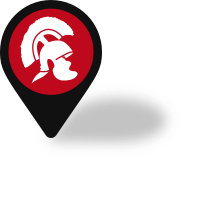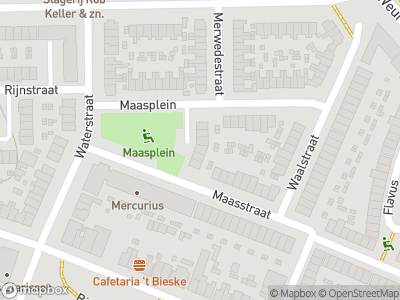Oppidum Batavorum was destroyed by fire during the Batavian Revolt in 70 AD and a new settlement was built one and a half kilometres to the west: Noviomagus, which means ‘New Market’.
Ulpia Noviomagus
Present-day Nijmegen Oost was once the site of a Roman army camp filled with thousands of soldiers and officers. They attracted a lot of commercial activity, after all they had to eat and drink and needed utensils, luxury articles and all sorts of other items. As a result, a settlement was established near the camp called Oppidum Batavorum, which was built on and around the Valkhof. Emperor Marcus Ulpius Traianus allowed the city to use his family name and the city became ‘Ulpia Noviomagus’. It soon turned into a flourishing centre of trade and industry with four to five thousand Roman-Batavian residents.
Temples for the gods
Roman soldiers helped build many important public buildings, including two stone temples: one for Fortuna, the goddess of prosperity, and one for Mercury, the god of trade. Merchants made their offerings to the gods before going on business and offered thanks for profitable deals. The Romans built a bath house where the Honig factory is now located. No luxury was spared – the bath house had underfloor heating and various baths with hot, lukewarm and cold water. This was where people came to wash themselves, to play sports or to relax. It was also the place to meet and greet: the social hotspot of Roman Nijmegen.
Disaster strikes
At the end of the 2nd century, large parts of the city went up in flames, including the temples. Noviomagus never really recovered and by 260 AD, with Germanic tribes on the prowl in the area, most of the inhabitants fled the region. The ruins of Noviomagus were used as stone quarries in later centuries. The stones were used to build the first houses of medieval Nijmegen in the 11th and 12th century and as a result, little is left of the Roman city. Only a few places, such as the walls of the Barbarossa ruins and the St Nicolas chapel at the Valkhof, still contain the tuff stones that Romans once brought from the Eiffel region.
“














